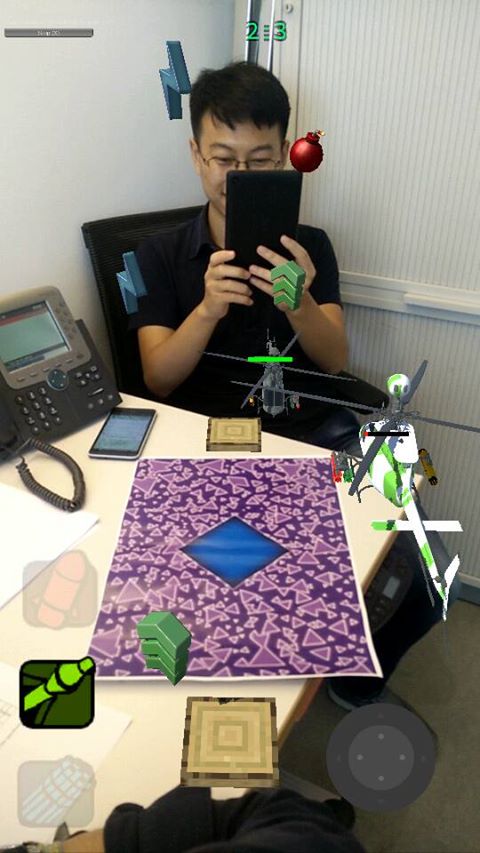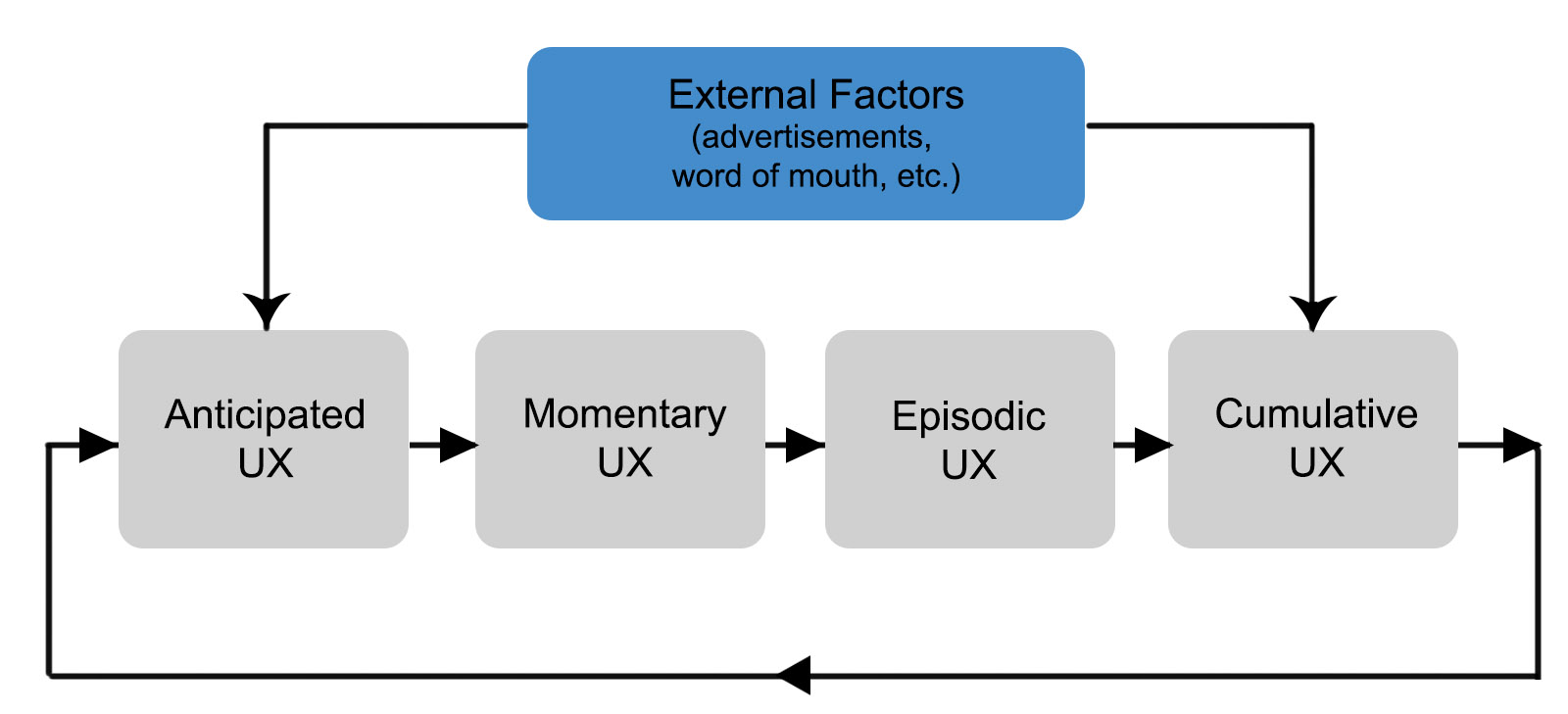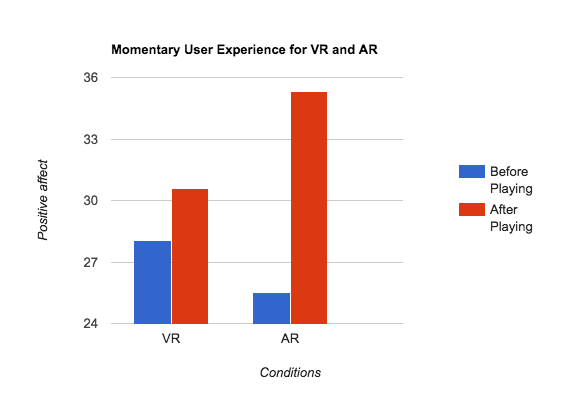TL;DR; I did a scientific research that proves that Augmented Reality games have superior user experience when compared to the Virtual Realty games. Therefore, It can be argued that part of the success of Pokemon Go is backed also by the highly positive experiences that usage of the augmented reality game evokes.
Even though I’ve known about Pokemon Go before its release I could have never imagined the craze that it will cause. As I worked with Augmented Reality (AR), I had the feeling that AR is going to hit hard one day and that day is going to happen soon. And this is exactly what happened just a few weeks back and unless you have been stuck somewhere indoors without television or internet access there is a little chance that you missed this whole poke-madness.
As a graduate student myself, I have taken multiple courses on Augmented and Virtual reality. My journey with virtual worlds started last year in the Netherlands when I got my hands on the Oculus Rift. After some crazy brainstorming sessions where we discussed that our goal would be to simulate some breathtaking experience that very few people actually had the chance to be encountered with, the project started to move in a bit morbid direction when we argued how awesome and breathtaking would be to create a guillotine simulator, however, a desk search revealed that there are still some more weird people on this planet and that the same project has already been made.
After this discovery our feelings were mixed. Nevertheless, we soon realized that it was actually a good thing and that nobody actually wants to have a bullet point about creating a execution simulator in their CV.
In the end we created a two person multiplayer game where one player sits in the cockpit of a russian plane and after a bottle of vodka followed by a couple of hours of sleep he wakes up in front of the Siberian airport and has to land a plane. His main goal is to land the aircraft by executing various tasks while receiving the instructions from the second player over headphones who actually plays a role of the air traffic controller.
To successfully land a plane he first needs to communicate the model of the aircraft to the control tower player (model number was written behind him on the cockpit's wall in Cyrillic alphabet xD). Next, with the help of the leap motion, the pilot player uses its real hands to interact with the virtual objects. For example some of the tasks were doing things such us turning off the autopilot and adjusting different knobs on the cockpit's dashboard.
We received the highest grade for our project and showcased it at the university’s Demo-Day. Even though the described tasks sound relatively easy, most of the people actually didn't manage to land the plane but instead, ended up crashing or in a big cockpit fire. However, in case the aircraft was landed successfully the players were awarded with a pilot certificate and a shot of vodka at our presentation table.
Albeit, its time to get back to the actual topic of this post. Later that year, when I started playing with Augmented Reality I was wondering how different actually people perceive it in regards to the Virtual environments. Although my hunch was that people might enjoy augmented worlds even more than completely virtual ones, I had to do something for my Master thesis and decided to tackle this question and back it up with some scientific evidences.
Half a year later into the future, I created two game versions and asked people to play them both in Augmented and Virtual reality environment. The game that I now developed was imagined as a 2-person multiplayer where the goal is to beat your opponent by navigating and shooting from the virtual helicopter and while doing so, different power-ups or power-downs will spawn in mid-air which if collected will allow you to blast your opponent with different weapons or even damage your own health. The relationship between weapons and power-ups as well as other information related to the game play is the following:
 Game instructions for the Helicopters game VR version.
Game instructions for the Helicopters game VR version.
To answer the question of which environment the people enjoy more (AR or the VR) I first had to rephrase the question. The proper way to ask it is does any of the two game environments provides a better user experience?

I gathered data from 26 people, half of them played the VR version first and the other half played the AR game version first. This was being done in order to counterbalance any undesired effects which could arise from switching from one game environment to the other. Results showed up to be very interesting. However, before diving into them it is important to note that the User Experience is a very complex topic which involves high number of parameters that are almost impossible to cover in a single study.
To be exact, most of the researchers will agree that the User Experience is comprised of the following four components:

- Anticipated UX - Even before any interaction, users can imagine how the system and the interaction with it could look like. Thus, it is a vital part of the user experience as it can often motivate users to take some concrete steps in order to get in contact with the system which in business terms would mean to buy the product, however, it is very difficult to influence it as it is dependent from numerous factors which are in its nature highly subjective.
- Momentary UX - It is being formed during the interaction with the system and it is one of the most critical components, thus, it is not surprisingly that it represents a main focus of many UX designers. Direct interactions with any system can in general be divided in two groups, the ones which evoke positive responses and the others which stimulate negative reactions. Basic example would be when system reacts or it doesn’t react in a way which user has intended.
- Episodic UX - Experienced directly after the usage of the system. It is highly dependent on the momentary UX. It can be seen as an sum (collection) of momentary reactions. Even though it is possible for a system to behave in unexpected way, it is very important to minimize such events and concentrate that the user is left with mostly positive experiences afterwards, because if done properly, this part of UX will encourage repeated interaction with the system over time.
- Cumulative UX - It forms after longer time span of usage and after multiple episodic experiences. In a same way how momentary experiences influence episodic evaluation, episodic experiences influence overall cumulative experience. In a way this part of the user experience covers all other three parts of UX but when compared to them it is much more difficult to measure as it requires the most extensive research methods.
As I was the only researcher in this experiment and the study itself had a limited time span I focused only on the momentary UX which from my personal experience is the most insightful, most revealing and of course the easiest to quantitatively test. Momentary UX explains how many positive emotions (or negative) are evoked during the interaction with the system. What I discovered is that playing both of these games leaves people with significantly positive feelings afterwards or in other words makes them significantly happier than they were before playing the game. However, the biggest finding of this study is that the levels of positive emotions were so much more expressed in the AR version than they were in the VR. This can be clearly seen on the following illustration:

Therefore, even though the game mechanics of Pokemon Go and my own developed game are inherently different it can still be argued that the success of Pokemon Go might lie in its superior user experience which Augmented Reality environment elicits. Even though I agree that Pokemon Go has a great UI composition, note that I was not testing the UI (User Interface), but instead the experiments were being done in order to determine the momentary UX (User Experience) of AR and VR environments. UX and UI are in a way related to each other but still they represent two different concepts.
Of course, this doesn’t mean that to have a successful game you just need to make it in AR (As a matter of a fact, Pokemon Go was just partially AR). People who catch Pokemons around also do it because of the anticipated and cumulative User Experience i.e. some of them just probably want a way to kind of re-expereince the feelings of their childhood by collecting all pokemons and the app allows them to do just that. It is also very unlikely that the same global viral success would happen with an unknown or new cartoon franchise.
Whatever is the case, I think the world of Augmented Gaming just started with the Pokemon Go craze and it is very unlikely that is going to stop with it. For anybody interested my latest idea with Augmented Reality is the game for kids where they have their own holographic human and watch how his life unfolds right in front of their eyes, they also develop its skills through numerous mini games and take care of its personal needs. If you are interested check out this link and sign-up for Beta.
To conclude, this research allowed me to dig deeper into the user experience which with no-doubt is what differentiates good companies from the superb ones in the ever increasing consumer-demanding 21st century and even though I used it in the gaming context, the UX concepts described in this post can be applied to almost every product or service out there.
The questionnaires I used in this study were: Positive and Negative Affect Schedule (PANAS), Short In-game Experience Questionnaire and User Experience questionnaire.